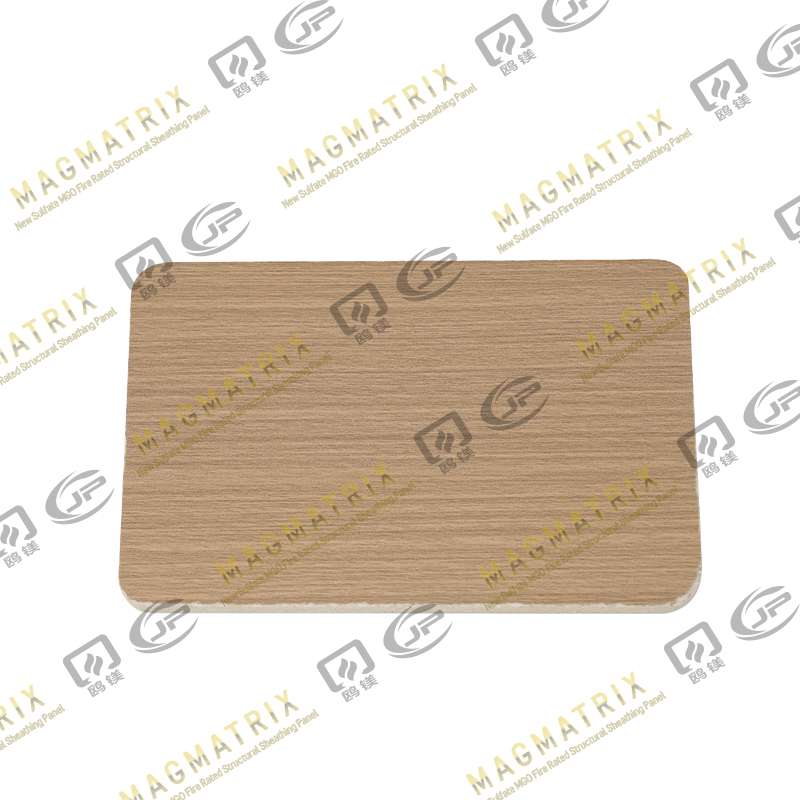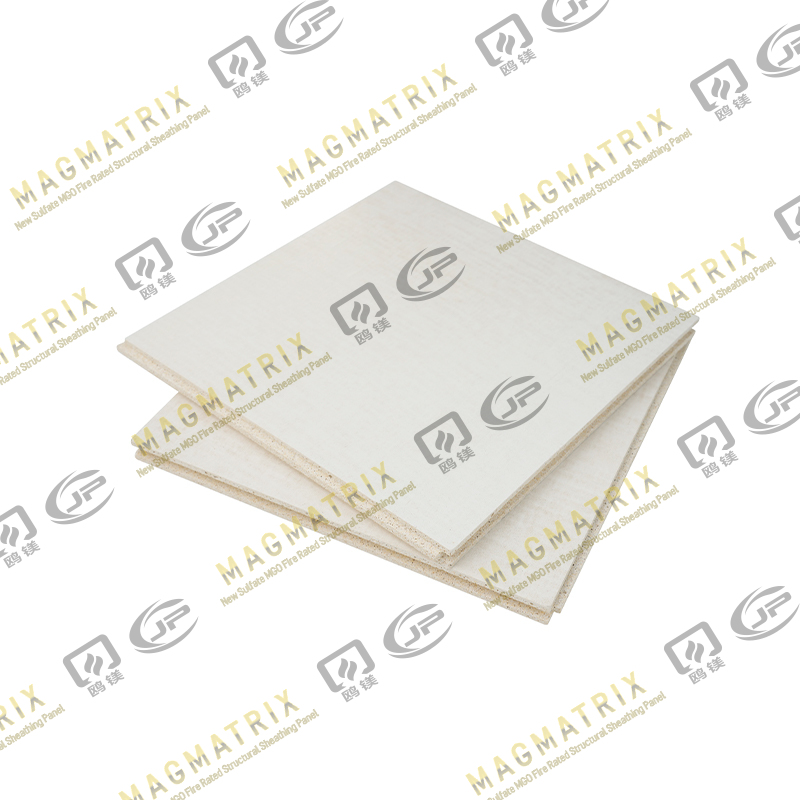Magnesium oxide panels have emerged as a versatile material in interior design, offering a combination of durability, fire resistance, and environmental benefits. While traditionally used in construction for walls and ceilings, their potential in interior design applications is increasingly being recognized.
Understanding Magnesium Oxide Panels
Magnesium oxide panels, often referred to as MgO panels, are made from magnesium oxide combined with other minerals such as magnesium chloride and perlite. They are lightweight, resistant to moisture and fire, and exhibit high structural stability. Unlike conventional drywall or cement boards, magnesium oxide panels do not release harmful chemicals, making them a safer choice for interior environments.
The properties of these panels make them suitable for a wide range of design applications. Their resistance to mold, mildew, and pests allows them to be used in areas prone to moisture, such as kitchens and bathrooms. Furthermore, magnesium oxide panels can be finished with paints, wallpapers, or decorative coatings, providing flexibility in aesthetic design.
Fire-Resistant Interior Surfaces
One of the most valuable attributes of magnesium oxide panels is their fire resistance. Unlike wood or standard drywall, magnesium oxide panels do not easily ignite and can withstand high temperatures. In interior design, this characteristic can be utilized to create safer environments, particularly in spaces such as kitchens, dining areas, or residential units in multi-story buildings.
Designers can use magnesium oxide panels to build fire-resistant wall partitions, decorative wall features, or even ceiling panels. These applications provide peace of mind without compromising on visual appeal. By combining fire resistance with creative finishes, designers can achieve both safety and style in interior spaces.
Moisture and Mold Resistant Walls
Moisture control is a critical concern in interior design, especially in areas like bathrooms, laundry rooms, or basements. Magnesium oxide panels resist water absorption and prevent mold growth, unlike traditional gypsum boards that are susceptible to moisture damage.
Innovative use includes installing these panels as backdrops for showers, behind sinks, or as paneling in wet areas. Their smooth surface allows for easy cleaning and maintenance, making them ideal for spaces that require both hygiene and aesthetic appeal. Furthermore, they can serve as substrates for tiles, offering a strong and moisture-resistant foundation.
Acoustic Design and Soundproofing
Acoustic comfort is a growing priority in modern interior design, particularly in urban apartments, offices, and entertainment spaces. Magnesium oxide panels contribute to soundproofing due to their density and composition. When combined with other acoustic materials, they can effectively reduce noise transmission between rooms.
Designers can use magnesium oxide panels as wall or ceiling layers to create quiet zones in homes, recording studios, or conference rooms. The panels can be arranged in layered designs or decorative patterns that enhance both aesthetics and functionality. By integrating acoustic considerations into the design, magnesium oxide panels can improve the overall comfort and usability of a space.
Decorative Wall Applications
Beyond functional benefits, magnesium oxide panels offer significant opportunities for creative interior design. Their smooth surface and structural strength make them suitable for various decorative techniques. Designers can apply textured coatings, paint finishes, or wallpapers to these panels to create unique feature walls.
Magnesium oxide panels can also be cut into custom shapes or patterns for decorative wall installations. For example, geometric panels can create a modern look, while large continuous panels can provide a minimalist aesthetic. These panels can be combined with lighting effects to highlight textures and add depth to interior spaces.
Kitchen and Bathroom Innovations
Kitchens and bathrooms are spaces that demand durable, moisture-resistant, and hygienic surfaces. Magnesium oxide panels are particularly well-suited for these applications due to their water and mold resistance.
In kitchens, panels can be used for backsplashes, cabinetry, or even countertops when properly finished. In bathrooms, they can be installed behind tiles, used for wall cladding, or integrated into wet room designs. Their ability to withstand heat and moisture while remaining structurally stable makes them a superior alternative to conventional materials in these high-usage areas.
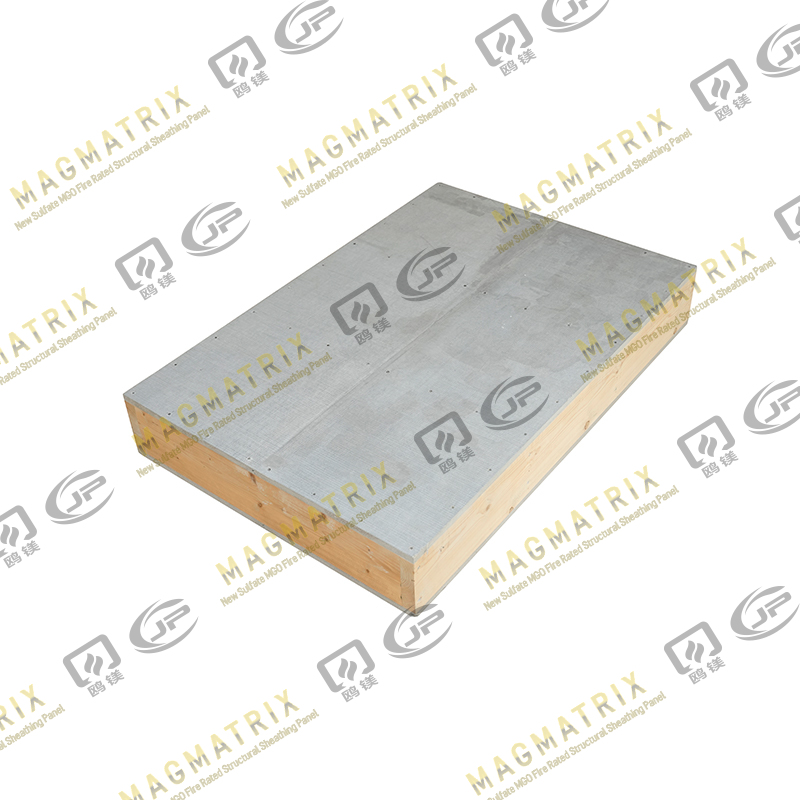
Eco-Friendly Design
Sustainability is an important trend in interior design, and magnesium oxide panels align well with eco-friendly principles. The panels are made from natural minerals and are non-toxic, reducing the environmental impact compared to synthetic materials. They are also recyclable, allowing for responsible disposal or reuse.
Interior designers can incorporate magnesium oxide panels into green building projects or low-impact design plans. Their longevity and resistance to wear reduce the need for frequent replacement, further minimizing resource consumption. For homeowners, choosing magnesium oxide panels supports both environmental responsibility and long-term cost efficiency.
Custom Ceiling Designs
Ceilings are often overlooked in interior design, yet they provide an opportunity for creative expression. Magnesium oxide panels can be used to create innovative ceiling designs that are both functional and visually appealing.
Designers can use panels for suspended ceilings, coffered ceilings, or decorative ceiling tiles. The panels’ fire resistance adds safety, while their smooth surface allows for a variety of finishes. In combination with lighting and acoustic elements, magnesium oxide panels can transform ceilings into focal points of interior spaces.
Partition Walls and Space Division
Modern interiors often require flexible layouts that accommodate changing needs. Magnesium oxide panels are ideal for partition walls due to their strength and fire-resistant properties. They can be used to divide spaces without compromising structural integrity or safety.
Innovative applications include creating movable partitions, office cubicles, or room dividers that double as decorative elements. Panels can be finished with paint, decorative films, or textured coatings to match the overall interior design theme, providing functionality and aesthetic appeal simultaneously.
Integration with Smart Home Technology
As smart home technology becomes more common, interior surfaces must adapt to accommodate wiring, sensors, and mounting systems. Magnesium oxide panels provide a durable substrate that supports embedded wiring, mounting brackets, and other installations without compromising the surface.
Designers can integrate lighting controls, security systems, or display units into walls and ceilings made from magnesium oxide panels. Their strength ensures that modifications for technology do not weaken the structure or require frequent repairs, allowing for seamless integration of modern conveniences.
Safety and Durability in High-Traffic Areas
In commercial interiors or high-traffic residential spaces, durability and safety are paramount. Magnesium oxide panels withstand impact, resist scratches, and maintain their structural integrity over time. This makes them suitable for corridors, lobbies, classrooms, and other frequently used areas.
Designers can employ magnesium oxide panels in public or semi-public interiors without compromising aesthetics. By choosing appropriate finishes, panels can achieve both a durable surface and a visually appealing look that endures daily wear.
Combining Magnesium Oxide Panels with Other Materials
Innovation in interior design often comes from combining materials in unexpected ways. Magnesium oxide panels can be paired with wood, glass, metals, or textiles to create unique interior features.
For example, a magnesium oxide panel wall can be combined with wooden accents for warmth, or with glass elements for transparency and light diffusion. Designers can experiment with layering, texturing, and contrasting colors to achieve bold and modern interiors while retaining the panels’ functional advantages.
Maintenance and Longevity
A practical advantage of magnesium oxide panels in interior design is their low maintenance requirements. Their resistance to moisture, mold, pests, and fire reduces the need for repairs and replacements. Regular cleaning with mild detergents is usually sufficient to maintain their appearance.
For designers and homeowners, this durability translates to long-lasting interior solutions that retain their look and functionality over time. This makes magnesium oxide panels a cost-effective choice, especially for areas that experience heavy use or exposure to challenging conditions.
Conclusion
Magnesium oxide panels represent a versatile, safe, and sustainable material for modern interior design. From fire-resistant walls and moisture-resistant applications to decorative panels, ceilings, and partitions, their potential extends far beyond traditional construction uses. Interior designers can leverage their durability, aesthetic flexibility, and eco-friendly properties to create innovative spaces that are both functional and visually appealing.
By integrating magnesium oxide panels into interior projects, designers can address safety, hygiene, and environmental concerns while exploring creative and modern design solutions. As awareness of their benefits grows, magnesium oxide panels are poised to become an essential component in the evolving landscape of interior design.
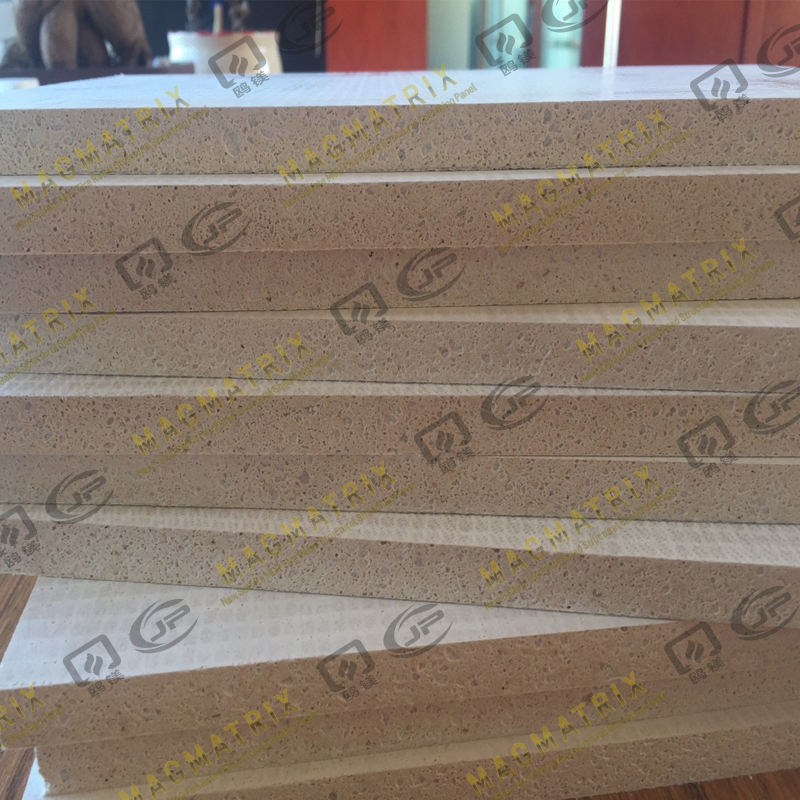 BMSC 517 New Sulfate MgO Board
BMSC 517 New Sulfate MgO Board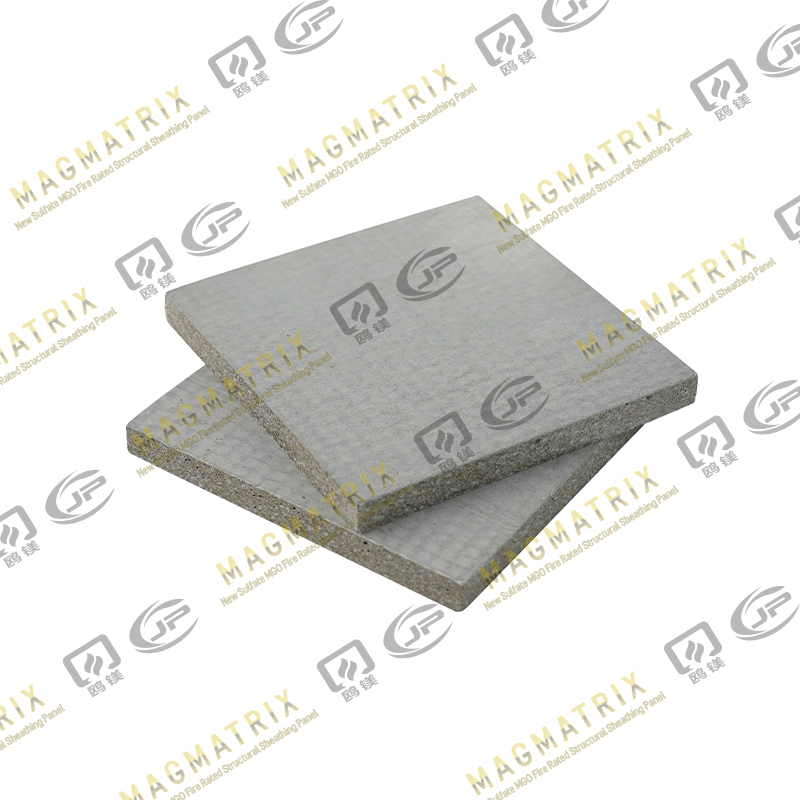 Multi-Support MgO Wall Sheathing Board
Multi-Support MgO Wall Sheathing Board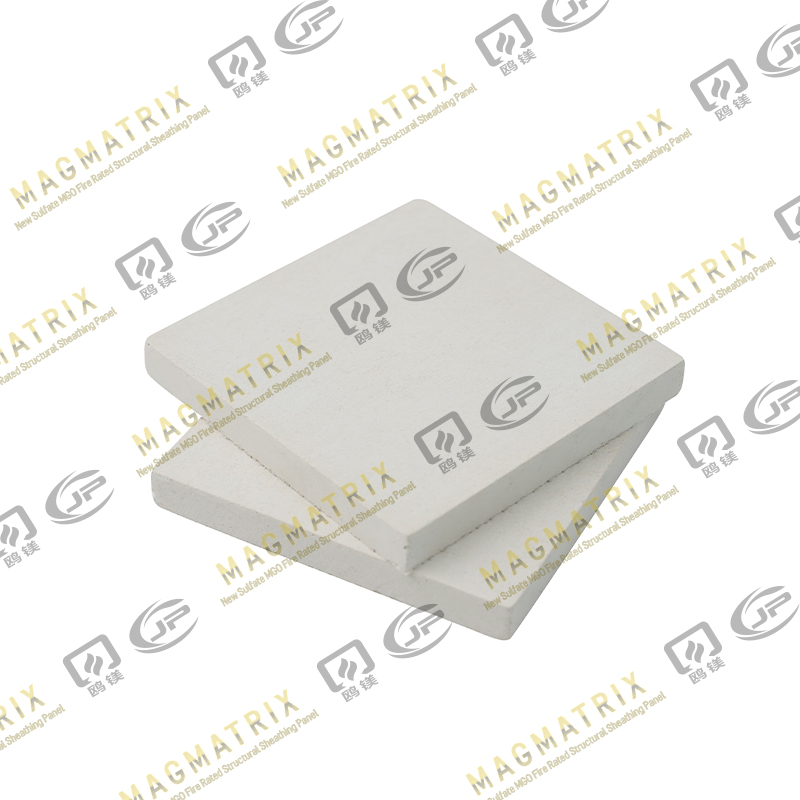 Perseverance MgO Wall Sheathing Board
Perseverance MgO Wall Sheathing Board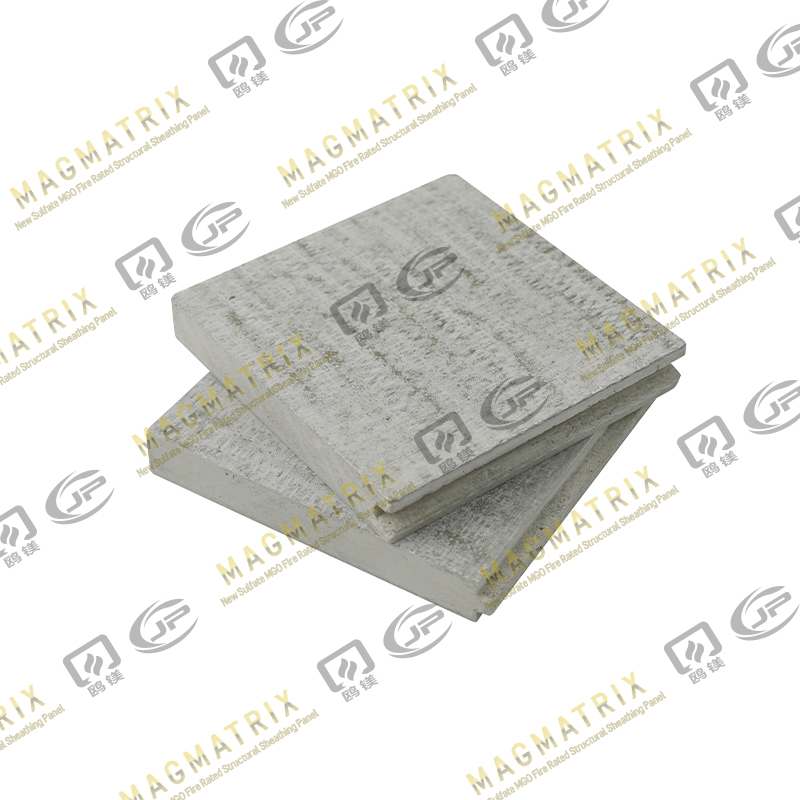 Multi-Support MgO Subfloor Sheathing Board
Multi-Support MgO Subfloor Sheathing Board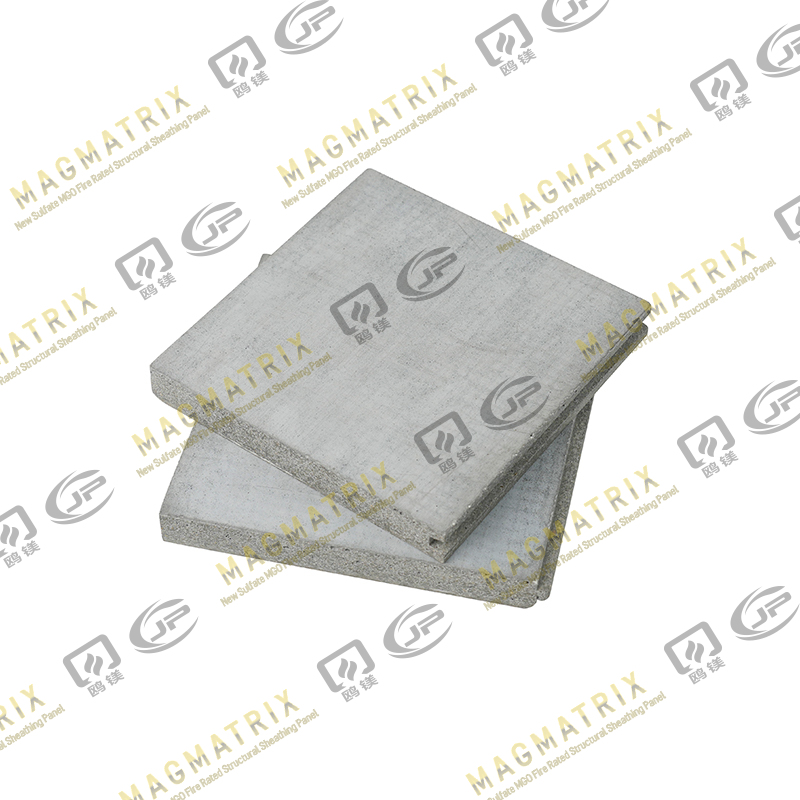 Perseverance MgO Subfloor Sheathing Board
Perseverance MgO Subfloor Sheathing Board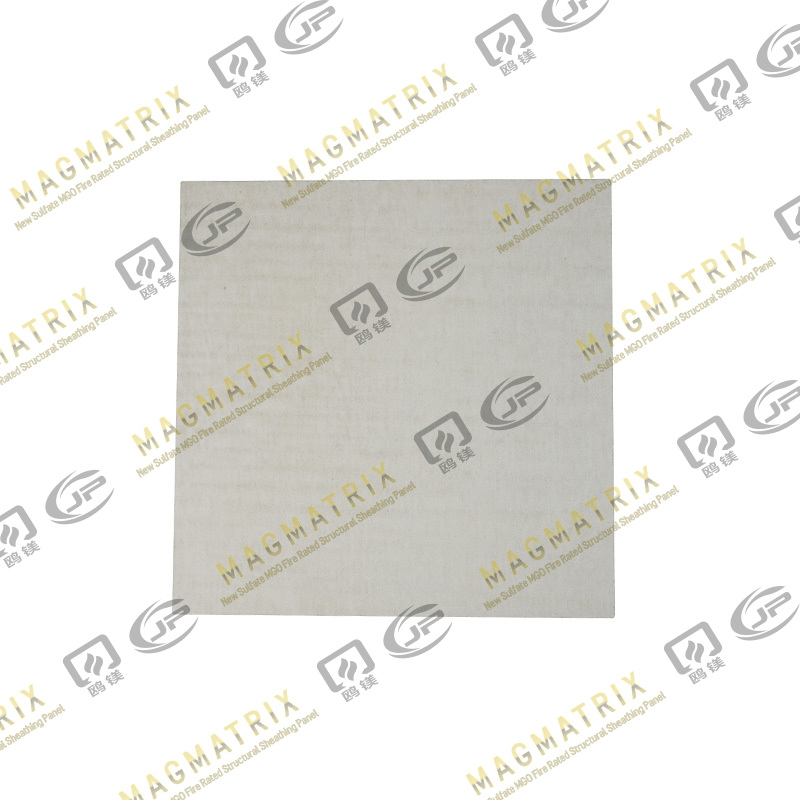 MagMatrix MgO Underlayment Panel/board
MagMatrix MgO Underlayment Panel/board


 English
English русский
русский Español
Español
